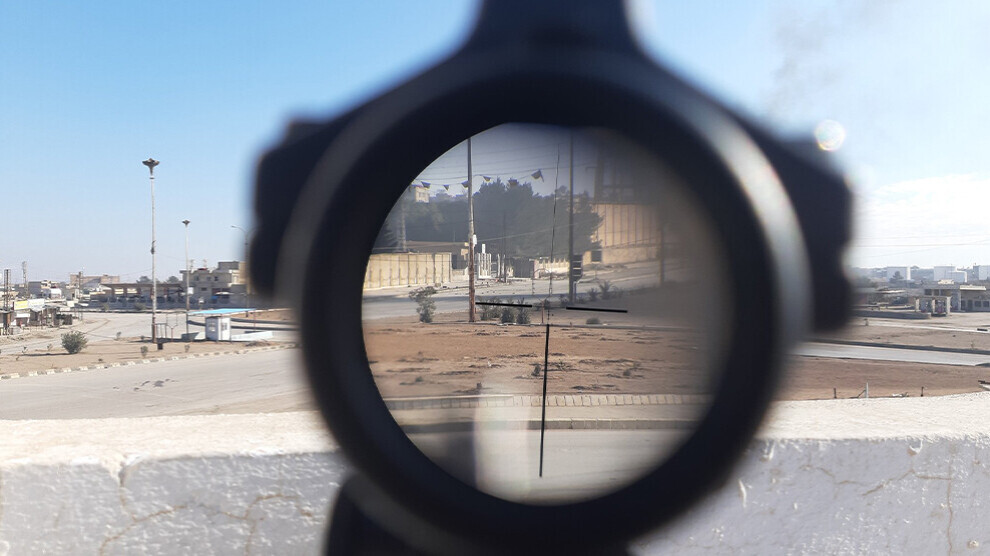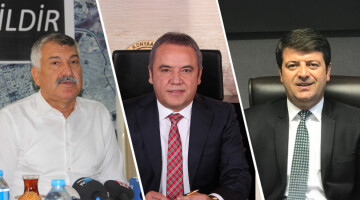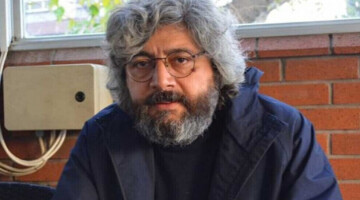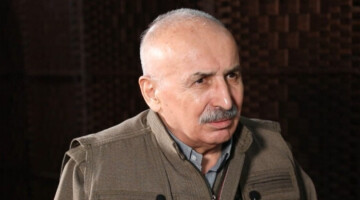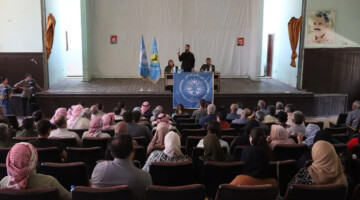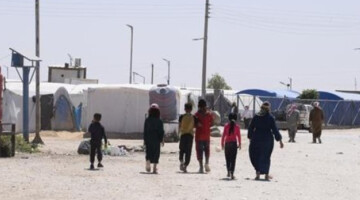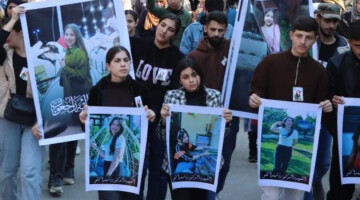After the attack by ISIS, the situation in the Sina detention centre in Hesekê has calmed down. Zaidan Al-Assi, Co-Chairman of the Defence Department, announced on Saturday night that there is still sporadic fighting in the vicinity of the prison. Meanwhile, the search operations in the urban area of Hesekê, which were jointly launched by the Syrian Democratic Forces (SDF) and troops of the international anti-ISIS coalition, continue with high intensity. However, most of the fugitives have been recaptured in the meantime. By Friday, the SDF had returned at least 89 ISIS detainees to prison after their escape. Seven inmates who tried to surrender were killed by other jihadists.
ISIS had launched the attack on the detention centre in the southern part of Hesekê on Thursday evening. With around 5,000 prisoners from various countries, including leading militia leaders, it is the largest prison for jihadists in the north-eastern Syrian autonomous region. These were meant to be freed in a coordinated mass breakout attempt. This is the most serious ISIS attack in the region in almost three years. However, Zaidan Al-Assi does not believe that the cells of the militia acted alone. Rather, the dimensions of the attack suggest influential supporters behind the terrorists, according to the defence commissioner of the autonomous administration.
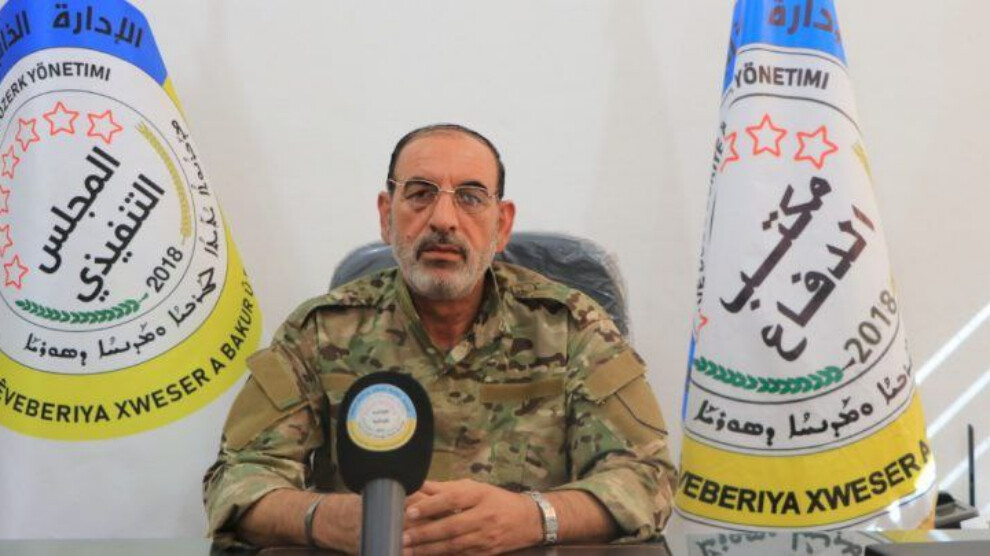
"There has not been an attack on this scale since our military victory over ISIS. It is recognisable that this was a strategically planned and organised attack. From this point of view, everything points to the fact that the ISIS cells are sponsored by an international force. The purpose behind this is to destroy the stability we have established in the autonomous areas," said Al-Assi.
Drone attack on Til Temir Military Council
The circumstances of the attack suggest the complicity of the Turkish state. This is also indicated by the drone strike on a convoy of the Til Temir Military Council. The convoy of the SDF affiliate was on its way to Hesekê on Friday to support operations against ISIS when the vehicles were targeted by Turkish killer drones. Near the village of Al-Tweinah (ku. Tiwana), about thirteen kilometres northwest of Hesekê, one of the cars was hit from behind. "We do not believe that the convoy was accidentally discovered by the Turkish occupiers. Rather, it looks like a targeted air strike. Within the community of states, it should raise questions that a NATO member and ally of the West bombs those forces that are acting against an escape attempt by ISIS terrorists," Zaidan Al-Assi underlined.
More support for SDF expected
Zaidan Al-Assi also criticised the unwillingness of Western states to take more effective steps against ISIS terror. He remarked that all measures taken so far are insufficient and that much more serious efforts are needed from the international community. " ISIS is striving to regain its former strength in both Syria and Iraq. The world must recognise this threat and live up to its responsibility. Because the ISIS threat does not only affect us, but the entire globe. Consistent steps are needed to end terror. Therefore, we expect the international community to tangibly increase support for the SDF in the fight against ISIS."
Prisons and camps ticking time bombs
The prisons in the northeastern Syrian self-rule region have long been considered ticking time bombs. In total, the SDF has held more than 10,000 jihadists in detention centres and camps since their victory over ISIS in March 2019. A large proportion are from Syria and Iraq, but they also include around 2,000 jihadists from Western countries. The most dangerous terrorists are being held in the Sina prison. This is not the first time that ISIS terrorists have attempted to break out. Most recently, the security forces of the autonomous administration foiled a rescue operation for the jihadists imprisoned there in November.
In addition to the detained ISIS members, there are also tens of thousands of relatives who are being held in reception and internment camps. The largest camp, Hol, located near Hesekê and considered a hotbed of ISIS activity, is currently home to some 57,000 people from over fifty different countries. Many of the residents are internally displaced persons, but it is also home to thousands of ISIS families. About half of all internees are minors, and many are being taught ISIS doctrine. This is creating a new ISIS generation.
However, the autonomous administration has been pressing the countries of origin of the jihadists and their relatives to take back their citizens for years, to no avail. Most states refuse to take them back because of the terrorist threat they pose and shirk their responsibility. So far, a few countries, such as Norway, Sweden, Finland, Russia and Albania, have only taken some women and children out of north-east Syria.

